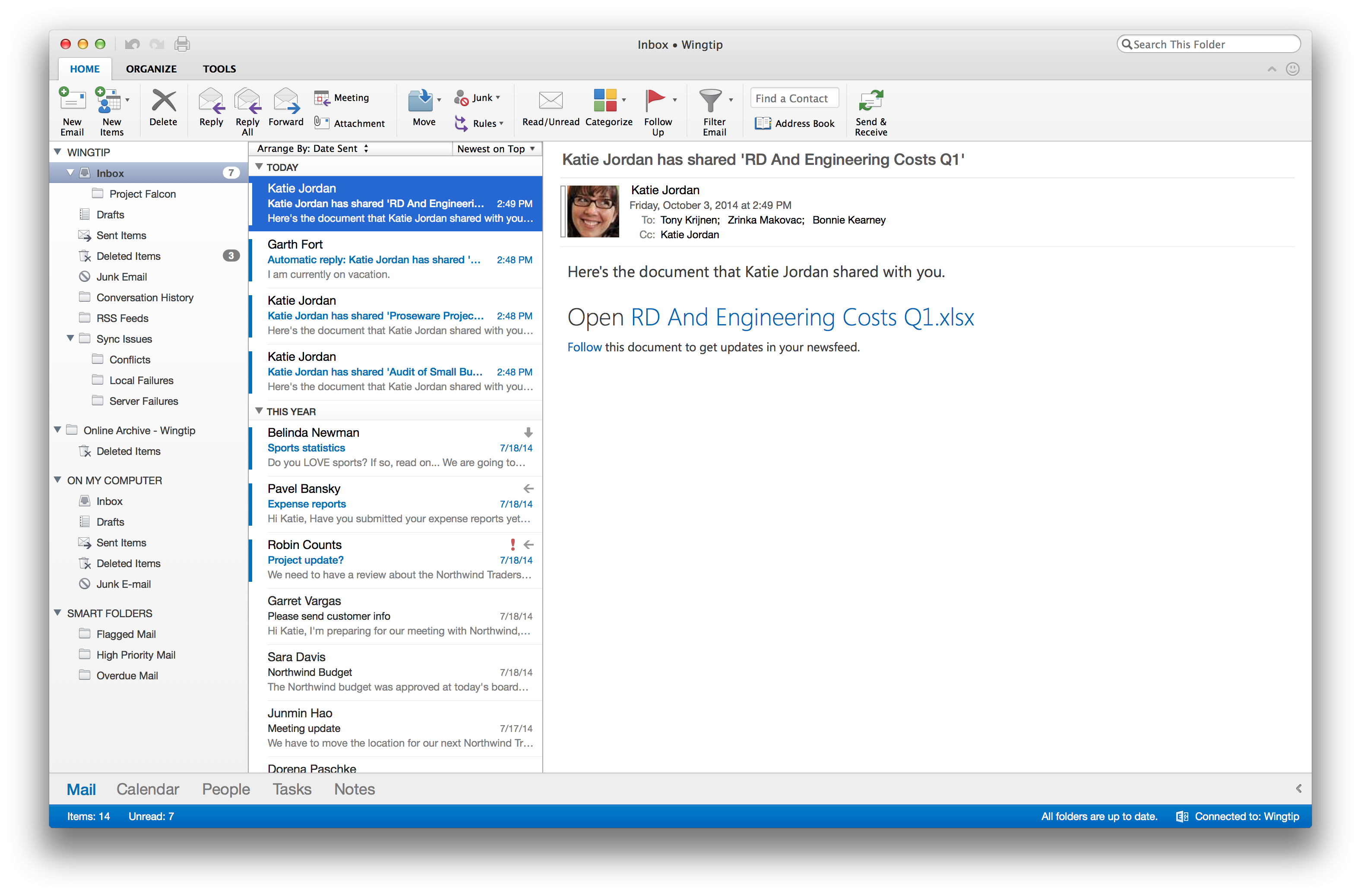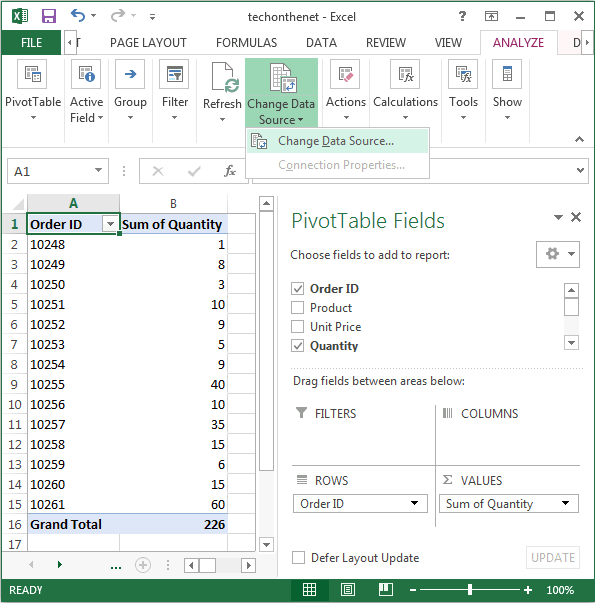



When you have installed Service Pack 1 (SP1), follow these steps to start Solver:
a. Start Excel.
b. Click Tools -> Select Add-Ins.
c. Click to select the check box for Solver.Xlam.
d. Click OK.
The Data Analysis Toolpak was removed in Mac:Office for Mac 2008. However, you can download a free third-party tool that offers similar functionality:
Data Analysis With Excel

When you have installed Service Pack 1 (SP1), follow these steps to start Solver:
a. Start Excel.
b. Click Tools -> Select Add-Ins.
c. Click to select the check box for Solver.Xlam.
d. Click OK.
The Data Analysis Toolpak was removed in Mac:Office for Mac 2008. However, you can download a free third-party tool that offers similar functionality:
Data Analysis With Excel
Microsoft Excel For Data Analysis
Under Add-ins, select Analysis ToolPak and click on the Go button. Check Analysis ToolPak and click on OK. On the Data tab, in the Analysis group, you can now click on Data Analysis. The following dialog box below appears. For example, select Histogram and click OK to create a Histogram in Excel. Click Tools - Select Add-Ins. Click to select the check box for Solver.Xlam. The Data Analysis Toolpak was removed in Mac:Office for Mac 2008. However, you can download a free third-party tool that offers similar functionality: StatPlus:mac LE. I can't seem to find where the Advanced Options are in Excel 2011 on Mac. They used to be under the 'File' or 'Excel' menus but are not there anymore. Specifically, I want to change it so that when I click 'Enter,' the cursor doesn't jump down to the next cell, which would be Editing Options. These Microsoft Excel templates provide access to CDXGeoData services for non-programmers. They work both on Windows versions of Excel and Excel for the Mac 2011 or 2016 versions with VBA. They will not work on non-Microsoft spreadsheets such as 'Numbers' for the Mac. Just enter your CDXGeoData API key and then cut and paste your data into a.
